A Tabriz Petag palace carpet, North West Persia. A classical 16th century Safavid 'Paradise' carpet design with a central medallion on an ivory field with cypresses, entwined branches and several different animal motifs surrounded by a 50 cm wide main border. The present carpet is a copy of the early 16th century Tabriz “Coronation” carpet at LACMA. One corner with the characteristic monogram signature in the form of three Cintamani balls. Early 20th century. 762×401 cm. Provenance: Danish private collection. Literature: Herbert Reichel, Germany. “Berühmte Orient-teppiche aus historischer sicht”, 1969. Related ex. P. 248. Pl. 74. Depicting the 16th century LACMA(Los Angeles County Museum) example. LACMA’s Coronation carpet received its name because it was used at the 1902 coronation of the United Kingdom’s Edward VII, son of Queen Victoria. Set before the King’s throne in Westminster Abbey, the carpet was also prominently featured in Edwin Austin Abbey’s painting of the event. The carpet was selected for the coronation ceremonies by the Duveen brothers, art dealers who were commissioned to provide tapestries and rugs for the event, which they borrowed from prominent collections. Shortly after the coronation, the carpet was acquired by American collector and self-made millionaire Marsden J. Perry. It subsequently belonged to two other American tycoons: Clarence Mackay, followed by J. Paul Getty, who donated it to LACMA in 1949. A. Cecil Edwards, London. The Persian carpet, 1953. Pl. 8. P. 21 depicting a 16th century fragment from the Musée des Arts Décoratifs, Paris, with a related design and colour palette. Another similar carpet is the Wilhelm von Bode animal carpet, the most famous carpet in the collection of Berlin‘s Museum of Applied Arts at the end of the 19th century. Wilhelm von Bode probably acquired the carpet from a synagogue in Genoa in 1891. The Bode animal carpet was almost completely burned following a bombing in the Second World War; only a quarter of the carpet could be painstakingly reconstructed. The present example is similar to the Heinrich Jacoby(President of PETAG) Petag Tabriz carpet sold at Christie's London(sale 15505, lot. 355), 25th October, 2018. The PETAG workshop (Persische Teppiche Aktien Gesellschaft), was a German initiative founded in Berlin in 1911. Guided by the scholar/dealer Heinrich Jacoby (1889–1964), author of Eine Sammlung Orientalischer Teppiche, Berlin, 1923, amongst other works, a large workshop was opened in the city of Tabriz, North-west Persia. Its aim was to produce carpets of the highest quality in order to combat the decline in quality encountered due to the mass production of carpets in the late 19th century. PETAG carpets are identified by their use of particularly lustrous kurk wool, natural vegetal dyes and their distinctive 'signature' formed of three çintamani roundels arranged in a triangular formation, often located in the far corner of the field or border pattern. Originally a Tibetan Buddhist motif, it symbolised a wish-fulfilling glowing pearl, as well as the triple spots of a leopard's pelt. The çintamani was later adopted by the Ottomans and used in textiles, ceramics, amongst other art forms.
Condition report on request. Please contact: carpets@bruun-rasmussen.dk
A Tabriz Petag palace carpet, North West Persia. A classical 16th century Safavid 'Paradise' carpet design with a central medallion on an ivory field with cypresses, entwined branches and several different animal motifs surrounded by a 50 cm wide main border. The present carpet is a copy of the early 16th century Tabriz “Coronation” carpet at LACMA. One corner with the characteristic monogram signature in the form of three Cintamani balls. Early 20th century. 762×401 cm. Provenance: Danish private collection. Literature: Herbert Reichel, Germany. “Berühmte Orient-teppiche aus historischer sicht”, 1969. Related ex. P. 248. Pl. 74. Depicting the 16th century LACMA(Los Angeles County Museum) example. LACMA’s Coronation carpet received its name because it was used at the 1902 coronation of the United Kingdom’s Edward VII, son of Queen Victoria. Set before the King’s throne in Westminster Abbey, the carpet was also prominently featured in Edwin Austin Abbey’s painting of the event. The carpet was selected for the coronation ceremonies by the Duveen brothers, art dealers who were commissioned to provide tapestries and rugs for the event, which they borrowed from prominent collections. Shortly after the coronation, the carpet was acquired by American collector and self-made millionaire Marsden J. Perry. It subsequently belonged to two other American tycoons: Clarence Mackay, followed by J. Paul Getty, who donated it to LACMA in 1949. A. Cecil Edwards, London. The Persian carpet, 1953. Pl. 8. P. 21 depicting a 16th century fragment from the Musée des Arts Décoratifs, Paris, with a related design and colour palette. Another similar carpet is the Wilhelm von Bode animal carpet, the most famous carpet in the collection of Berlin‘s Museum of Applied Arts at the end of the 19th century. Wilhelm von Bode probably acquired the carpet from a synagogue in Genoa in 1891. The Bode animal carpet was almost completely burned following a bombing in the Second World War; only a quarter of the carpet could be painstakingly reconstructed. The present example is similar to the Heinrich Jacoby(President of PETAG) Petag Tabriz carpet sold at Christie's London(sale 15505, lot. 355), 25th October, 2018. The PETAG workshop (Persische Teppiche Aktien Gesellschaft), was a German initiative founded in Berlin in 1911. Guided by the scholar/dealer Heinrich Jacoby (1889–1964), author of Eine Sammlung Orientalischer Teppiche, Berlin, 1923, amongst other works, a large workshop was opened in the city of Tabriz, North-west Persia. Its aim was to produce carpets of the highest quality in order to combat the decline in quality encountered due to the mass production of carpets in the late 19th century. PETAG carpets are identified by their use of particularly lustrous kurk wool, natural vegetal dyes and their distinctive 'signature' formed of three çintamani roundels arranged in a triangular formation, often located in the far corner of the field or border pattern. Originally a Tibetan Buddhist motif, it symbolised a wish-fulfilling glowing pearl, as well as the triple spots of a leopard's pelt. The çintamani was later adopted by the Ottomans and used in textiles, ceramics, amongst other art forms.
Condition report on request. Please contact: carpets@bruun-rasmussen.dk
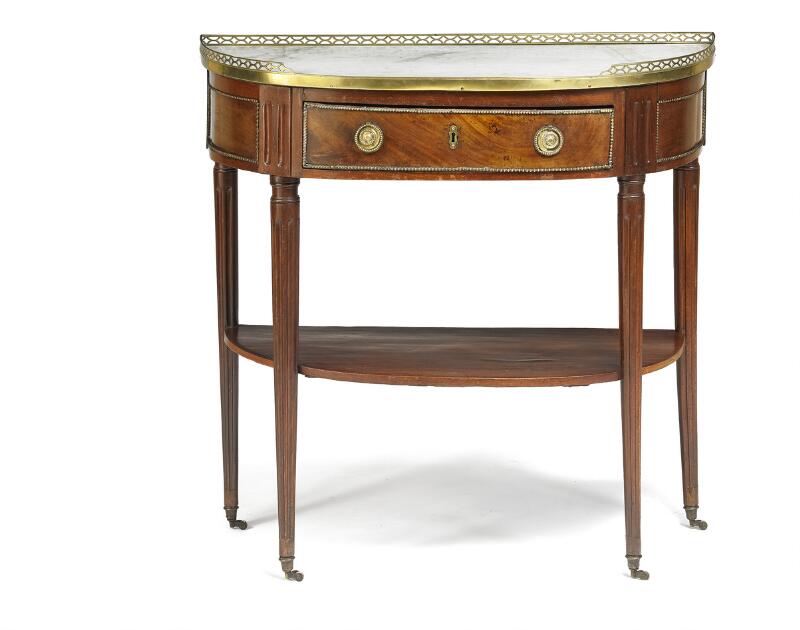
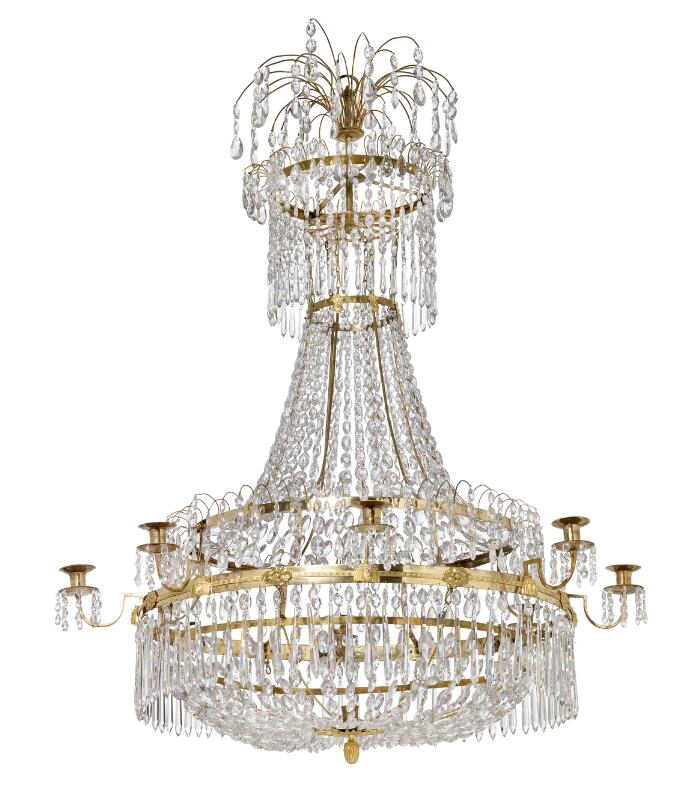
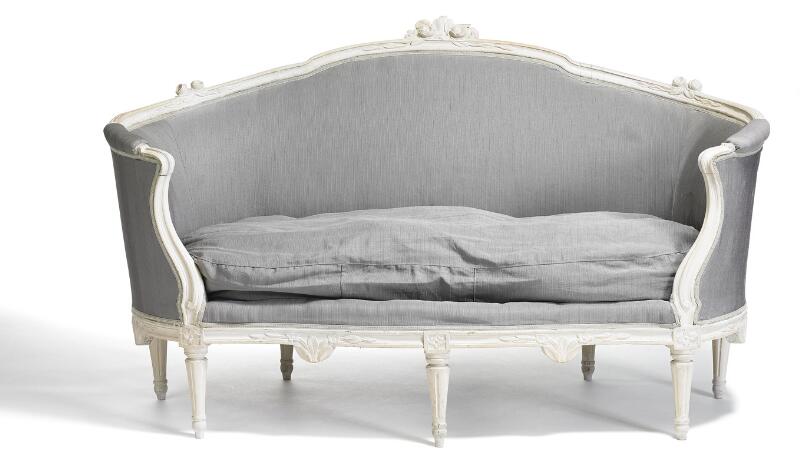
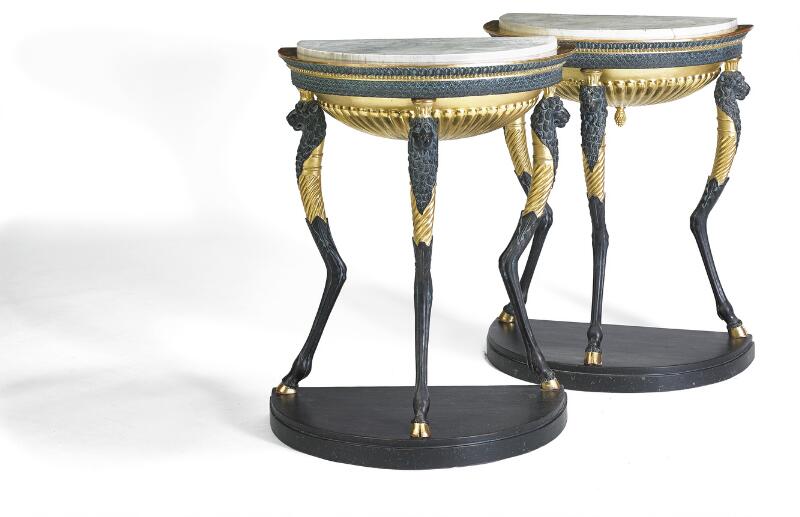

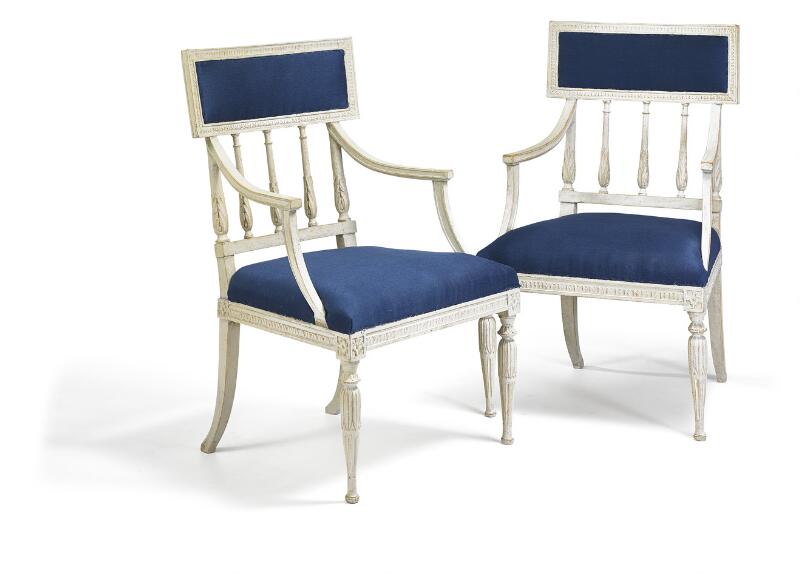
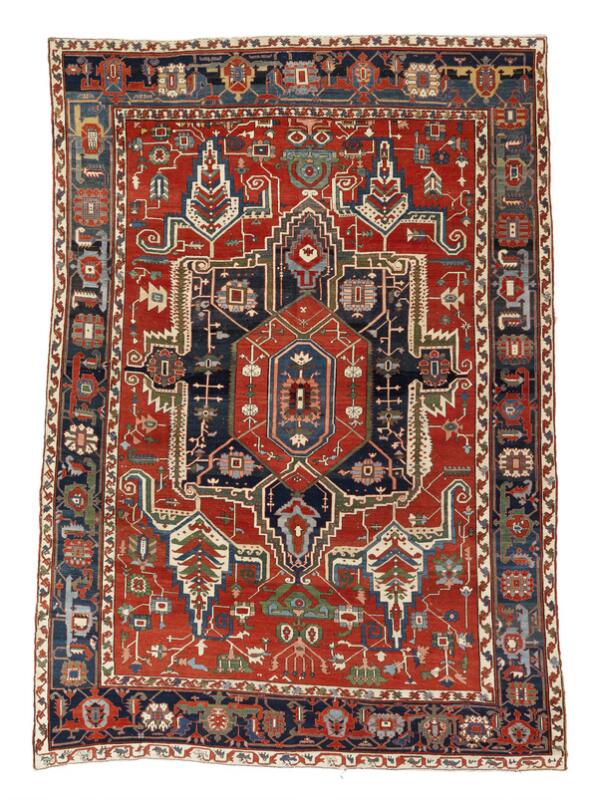
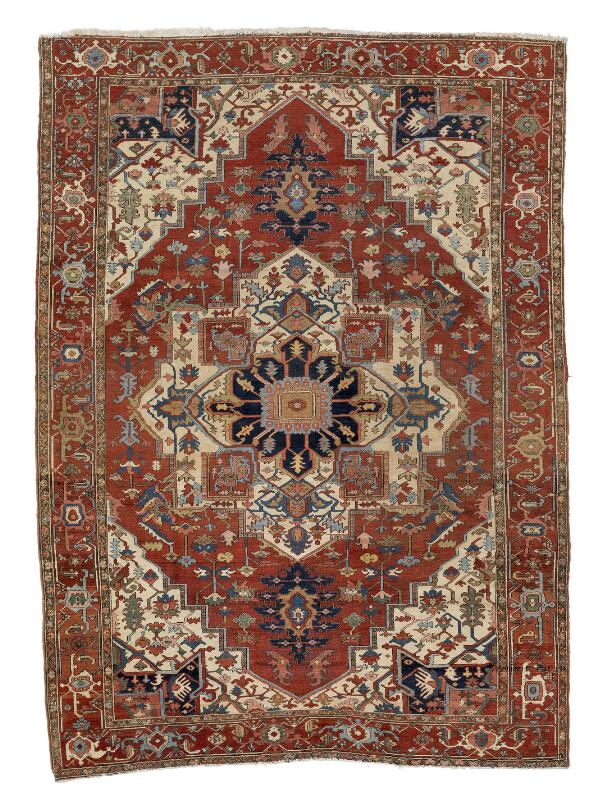
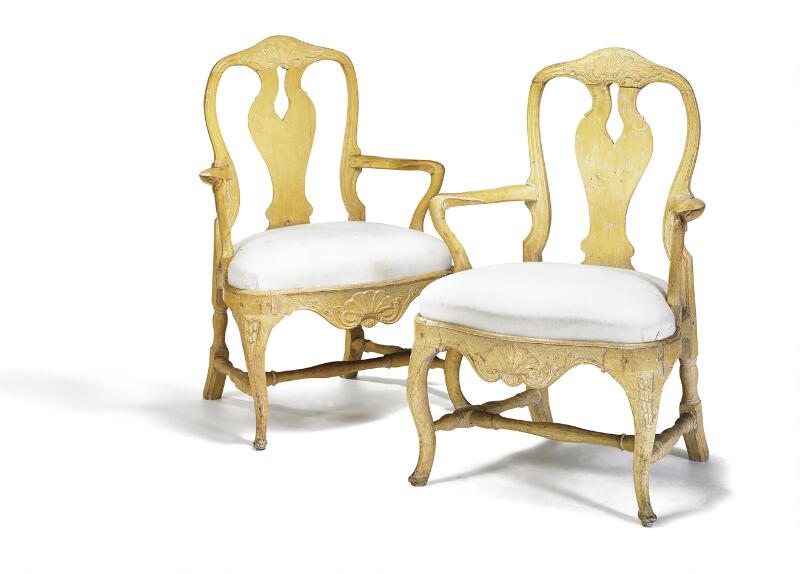
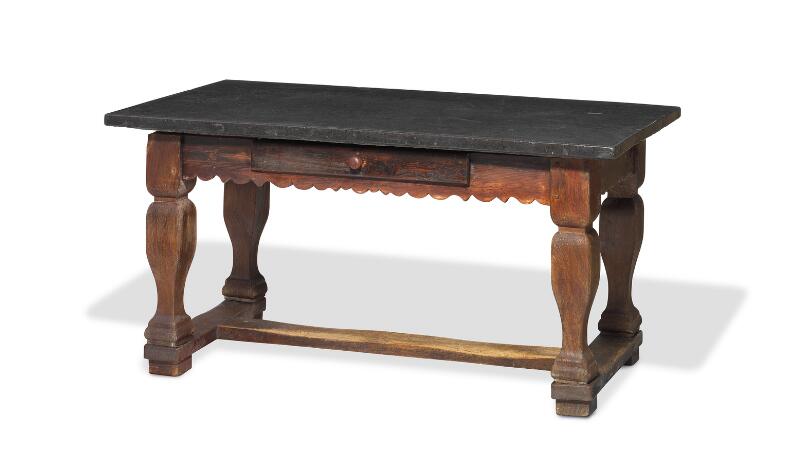
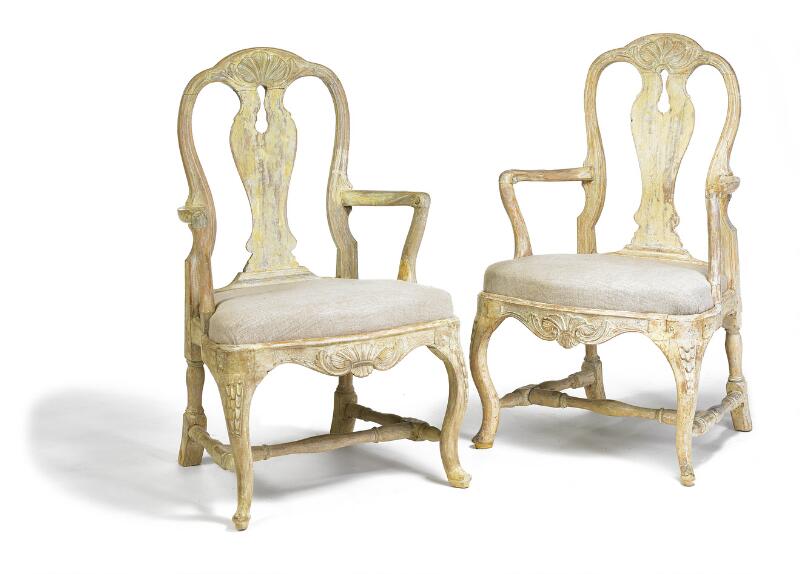
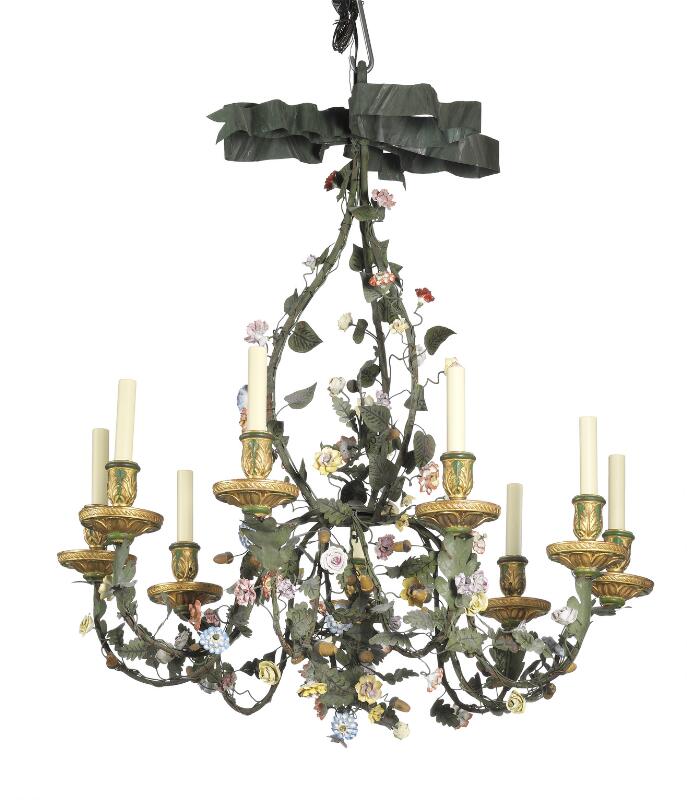
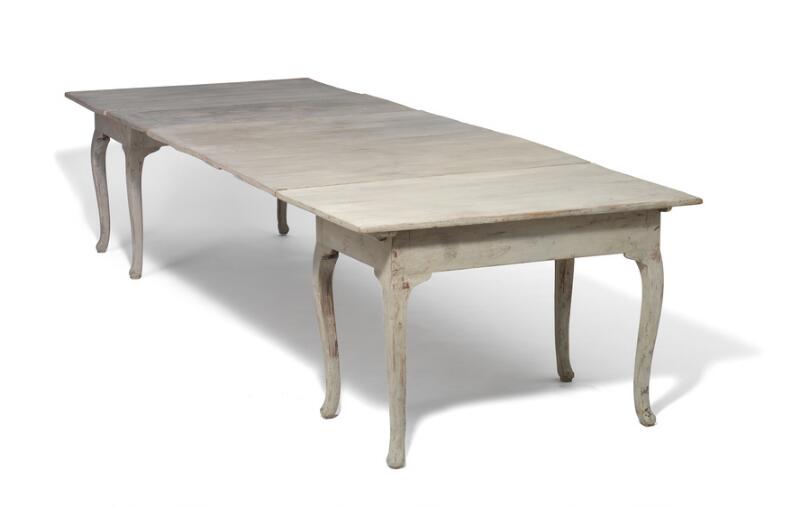
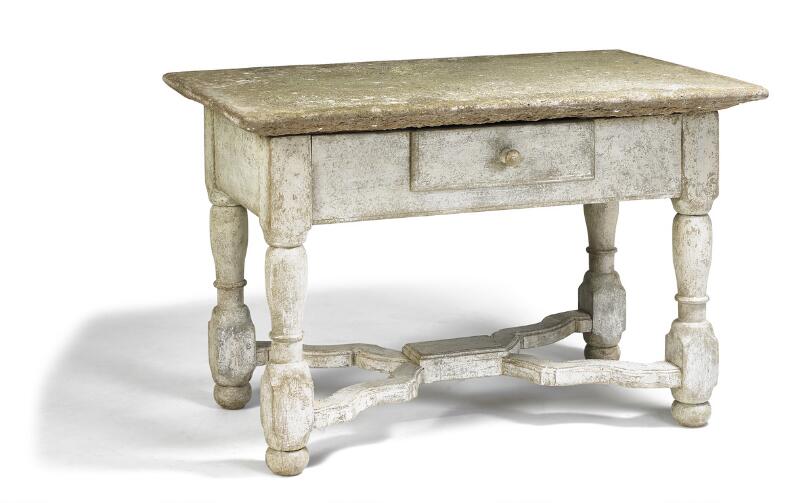
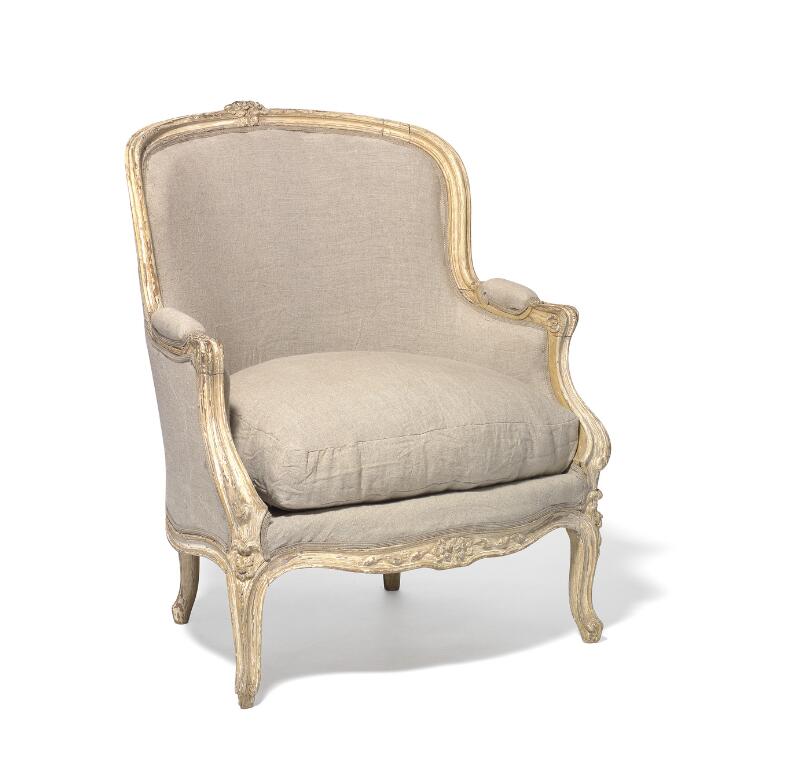
Try LotSearch and its premium features for 7 days - without any costs!
Be notified automatically about new items in upcoming auctions.
Create an alert